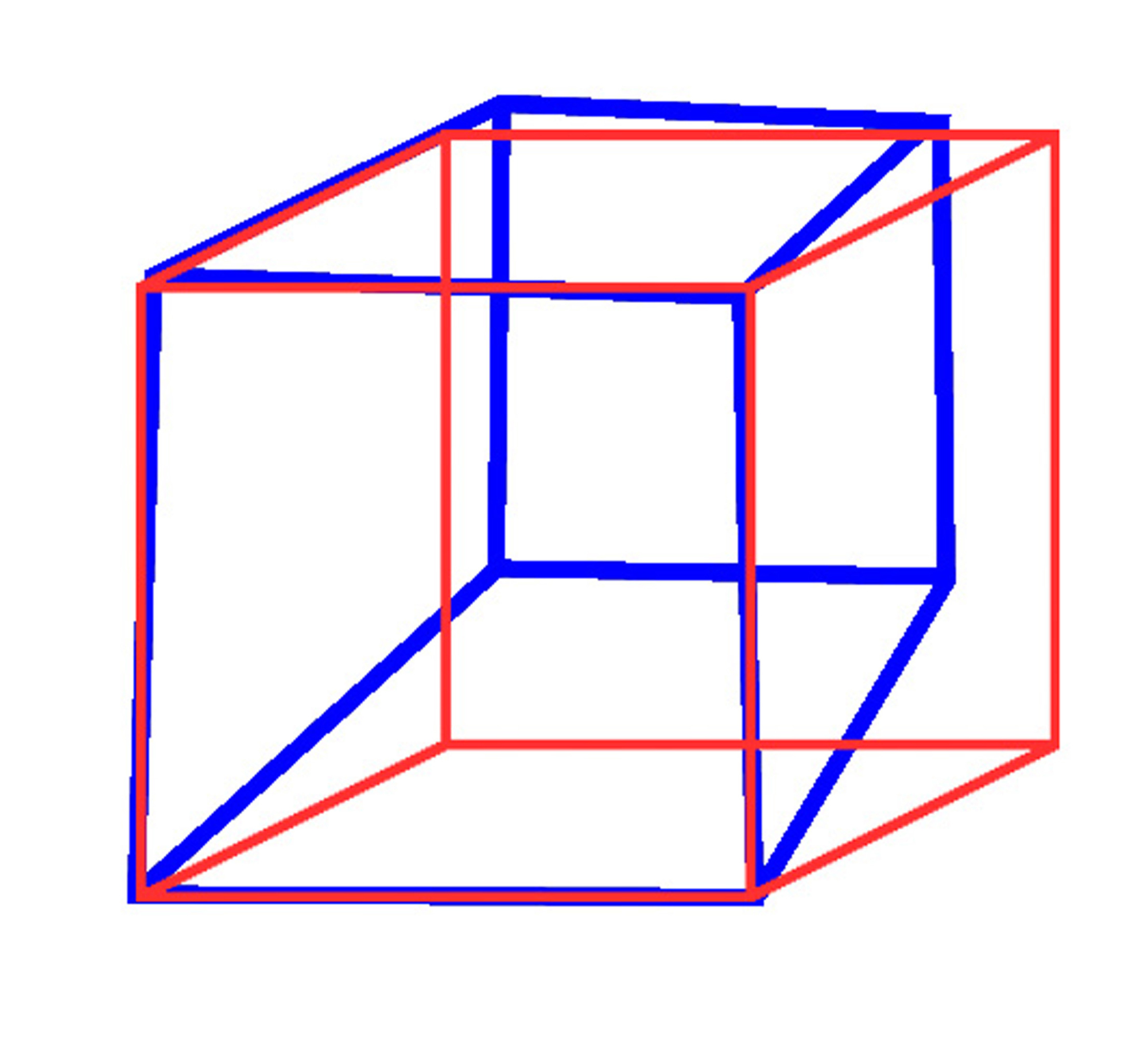
EXPERIENCING THE WORLD IN DEPTH: THE PHILOSOPHY AND PSYCHOLOGY OF HOW OUR EXPERIENCE OF REPRESENTED DEPTH DIFFERS FROM OUR EXPERIENCE OF DEPTH IN THE EXTERNAL WORLD
The goal of this paper is to address perception of the external world in the context of representation, specifically simplified, two-dimensional representations of depth. This paper will examine the relationship between a two-dimensional representation of a three-dimensional object and the observer. How is it that one can read depth into a two-dimensional surface, given only several black lines on a page? This paper addresses this question in light of three types of representation: orthographic, oblique, and perspective drawings, however it will largely focus on oblique and perspective projections. In order to gain insight into this problem, five professionals who use different types of representation in their work were interviewed. Various phrasings of questions developed by vision theorists were employed in order to look for instructional effects from these interviews; questions were drawn up such that their answers would potentially reflect different aspects of the subjects’ visual experiences. Their answers are carefully considered in light of the question stated previously and compared to theories of perception of some major visual theorists; whether or not the interview responses support or deny the theories of Thomas Reid, James J. Gibson, and Richard Wollheim is examined. Overall, this paper attempts to combine the worlds of psychology, philosophy, cognitive science, and different disciplines that employ visual representation to help to further propel endeavors to understand the nature of human depth perception. My visual component illustrates how a three-dimensional model relates to its oblique and perspective representations. It also displays the stimuli used in the interviews, so that the audience may engage with the three-dimensional and its two-dimensional representation and ask themselves about the nature of their own visual experience.
SECTOR A: Philosophy and Psychology of Seeing
ADVISERS: Gary Hatfield (PHIL), Richard Wesley (ARCH)

 Visual Studies
Visual Studies